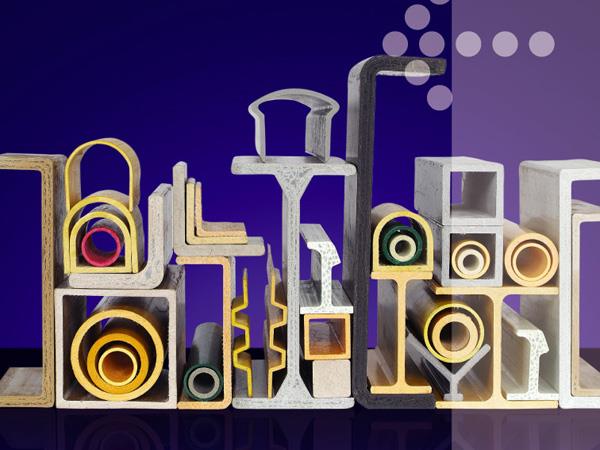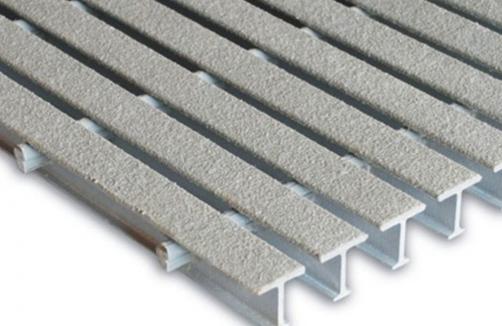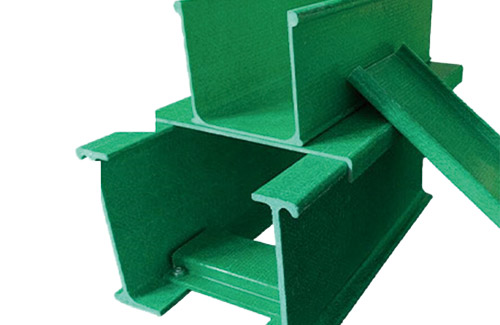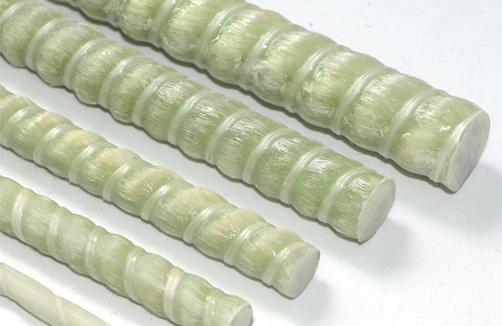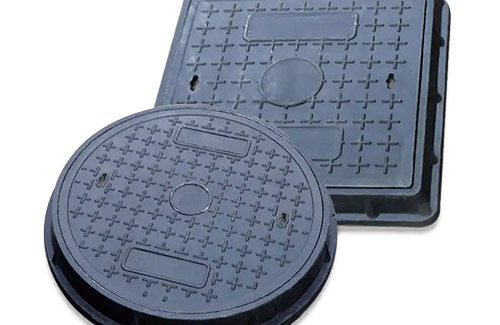The glass fiber tube is formed by infiltrating the glass fiber into a resin and solidifying it in a high-speed polymerization device integrated with photoelectric heat, and is drawn and pulled. Because of the variety of resins used, it is called polyester fiberglass, epoxy glass reinforced plastic, and phenolic glass reinforced plastic. It has the characteristics of light and hard, non-conductive, high mechanical strength, anti-aging, high temperature resistance and corrosion resistance.
Glass fiber tubes have been widely used in petroleum, power, chemical, paper, urban water supply and drainage, factory sewage treatment, seawater desalination, gas transportation and other industries with their unique advantages. With the acceleration of China's urbanization process and the balance and protection of population, resources and environment, governments at all levels have increased their investment in urban infrastructure year by year. In combination with the needs of advanced science and technology, the varieties and specifications of pipes and fittings are continuously enriched. The output is constantly increasing, the quality is constantly improving, especially the development of plastic pipes is faster, and it has become a hot spot of investment today. A fiberglass tube is one of them.
